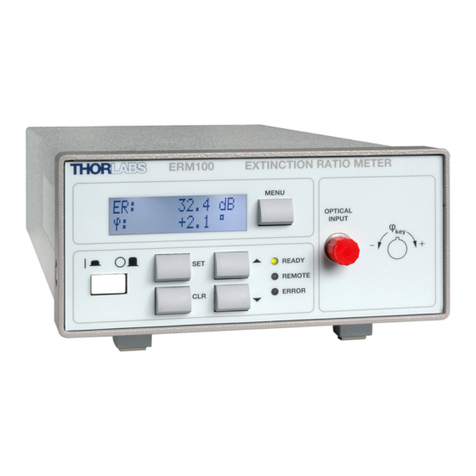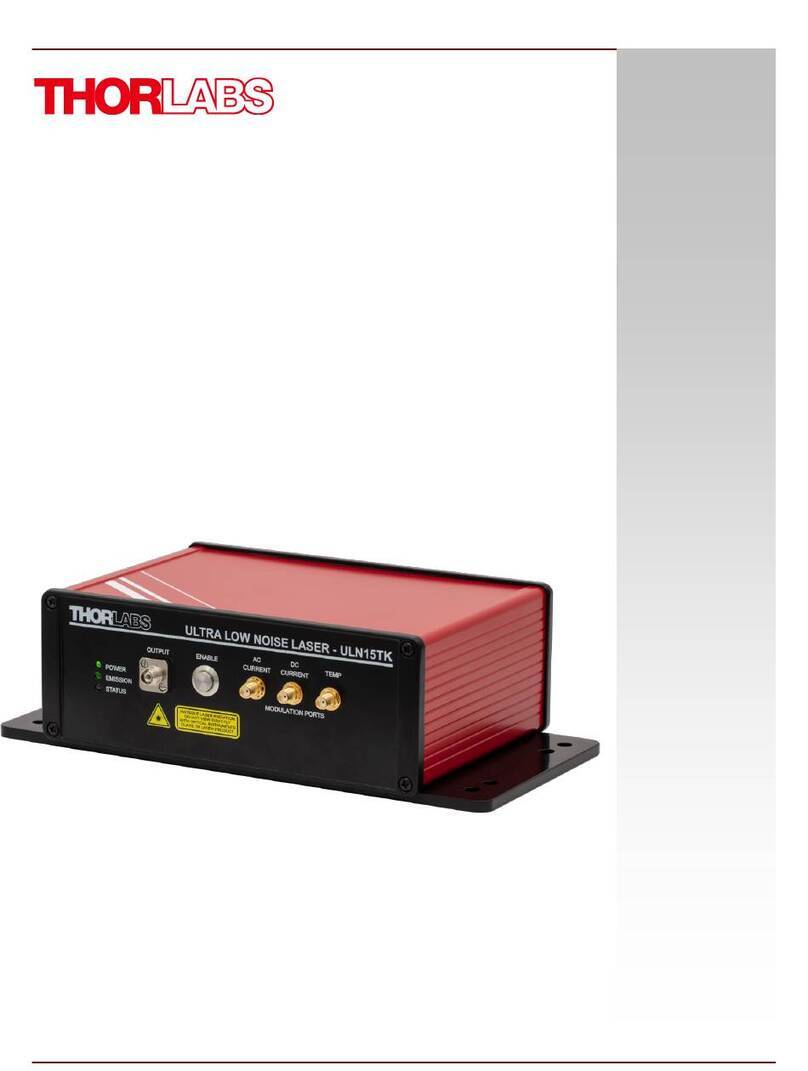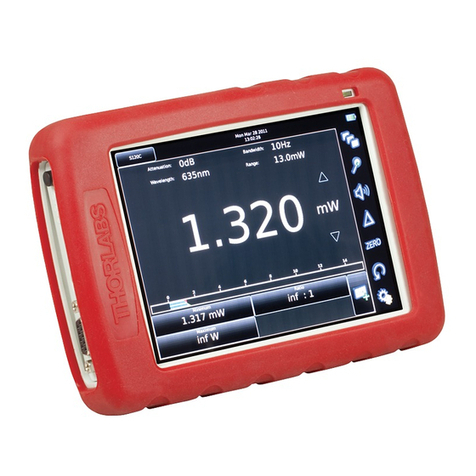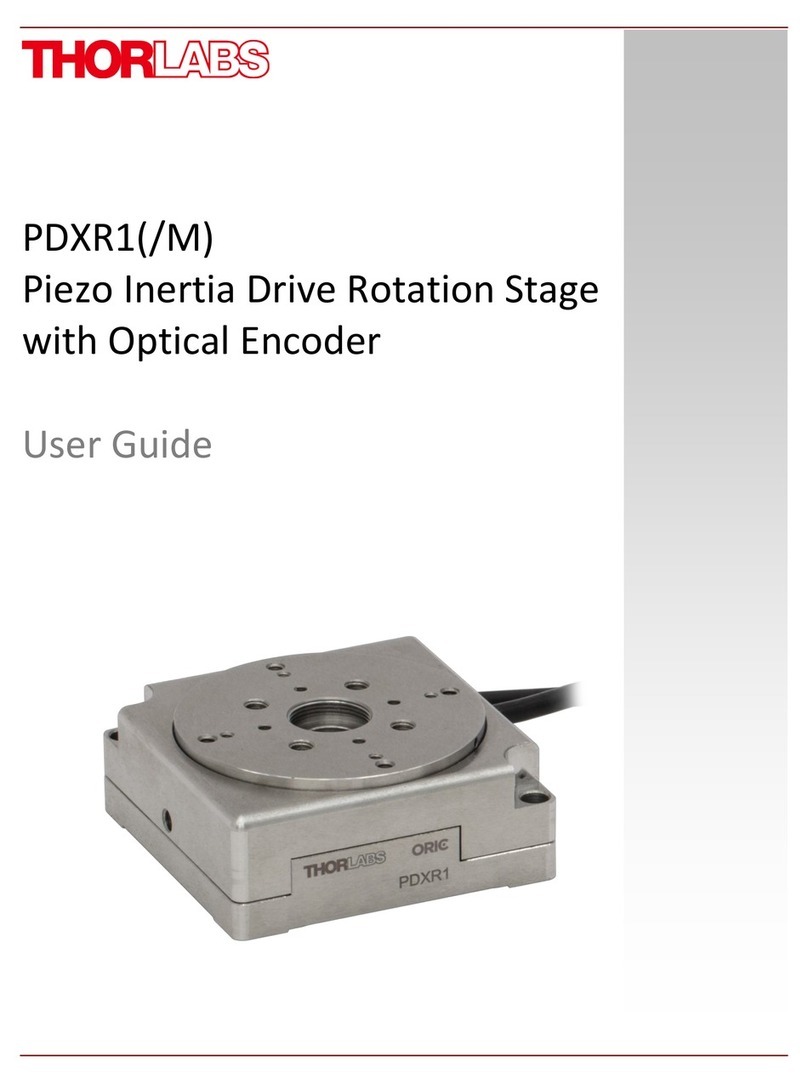THORLABS SA200 Series User manual
Other THORLABS Measuring Instrument manuals
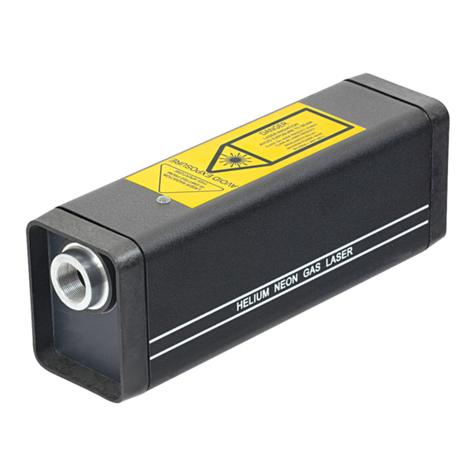
THORLABS
THORLABS HNLS008R User manual
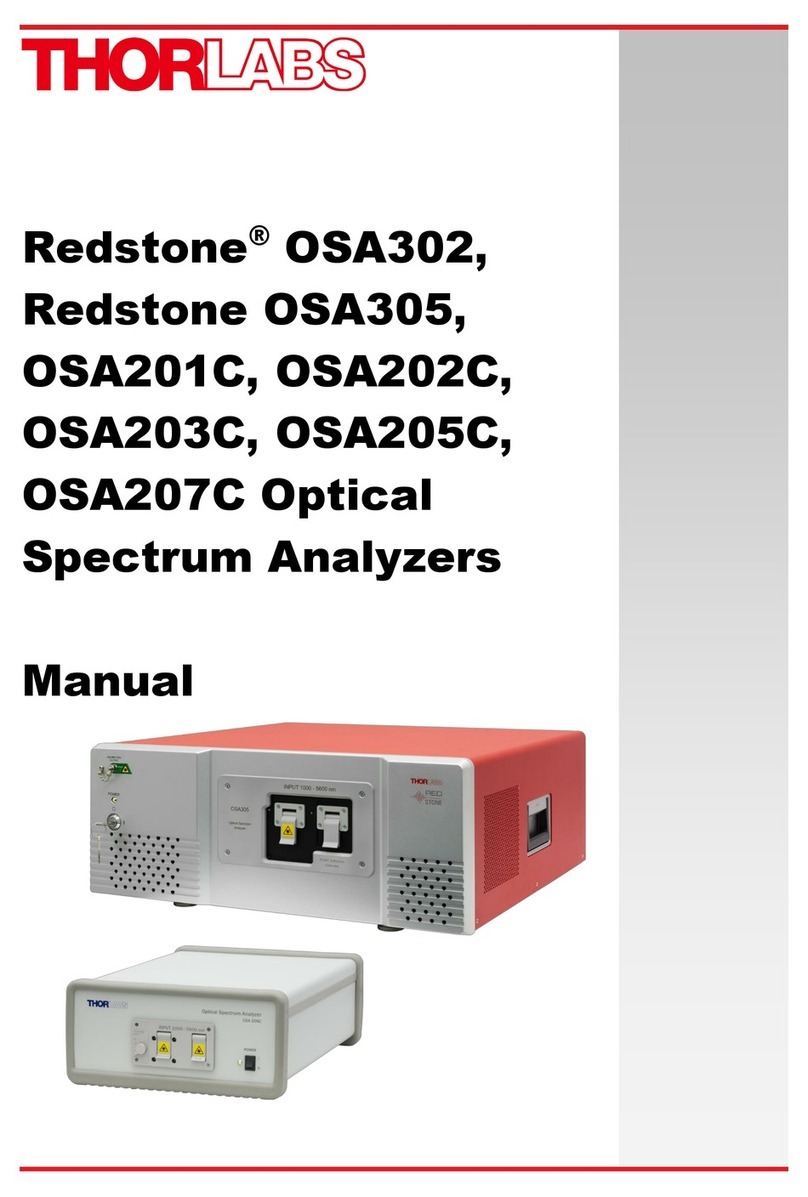
THORLABS
THORLABS Redstone OSA302 User manual
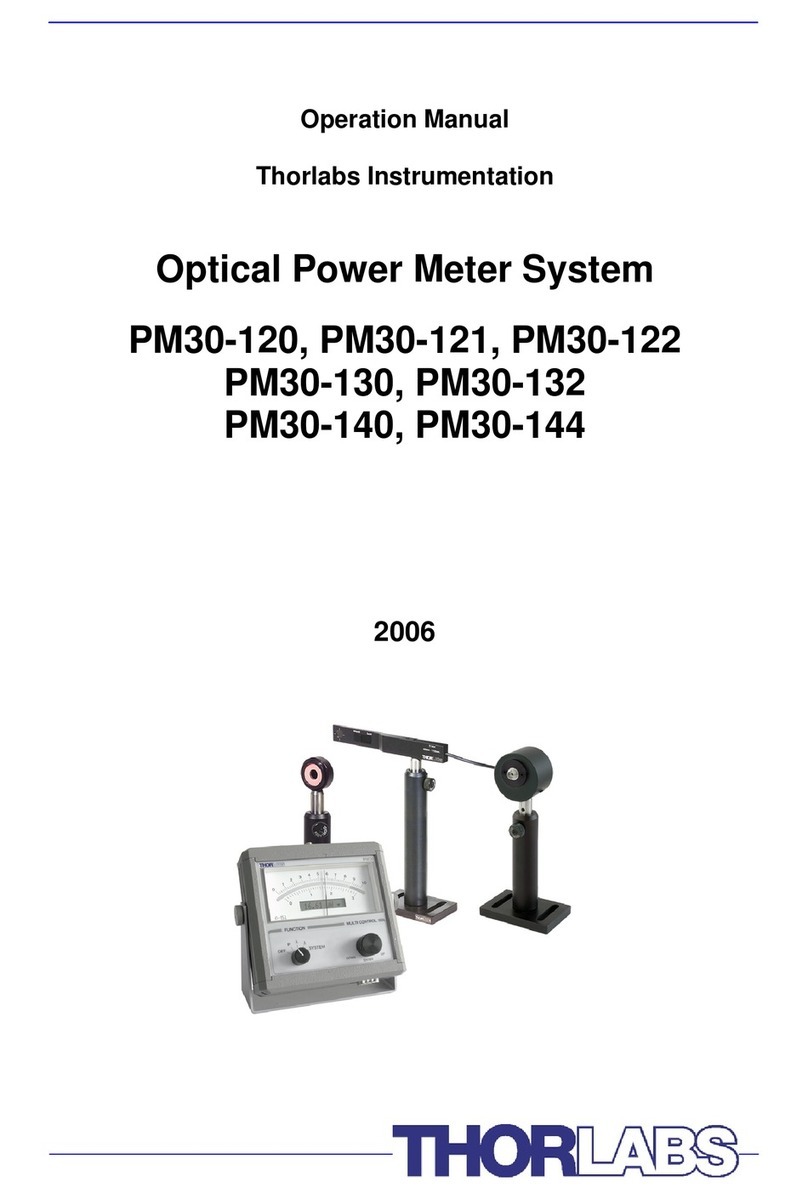
THORLABS
THORLABS PM30-120 User manual
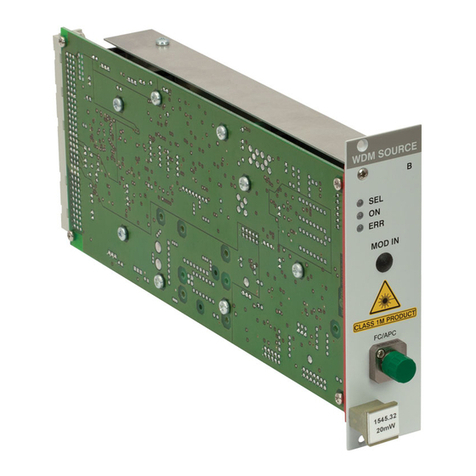
THORLABS
THORLABS Blueline Series User manual
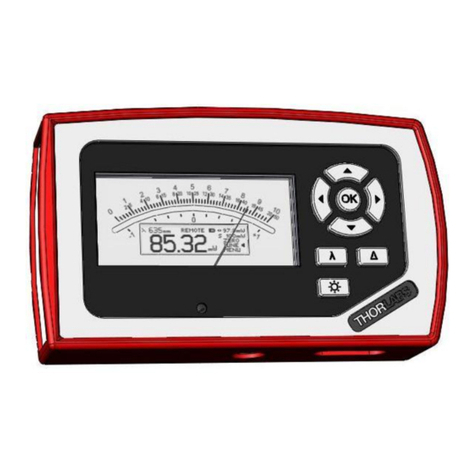
THORLABS
THORLABS PM100A User manual
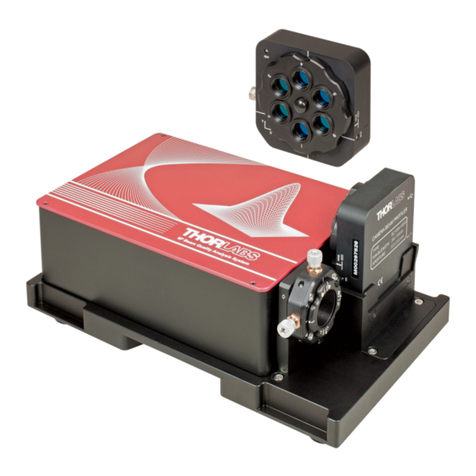
THORLABS
THORLABS M2MS-BC106N Series User manual
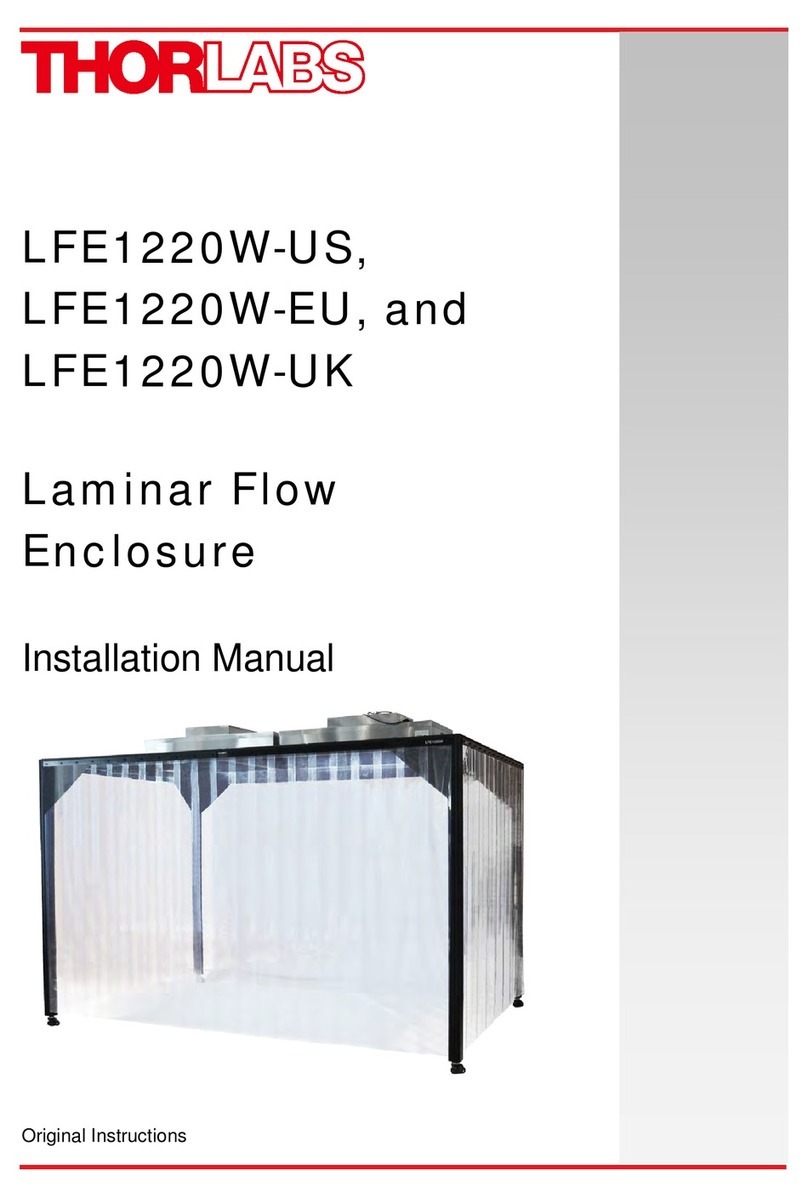
THORLABS
THORLABS LFE1220W-US User manual
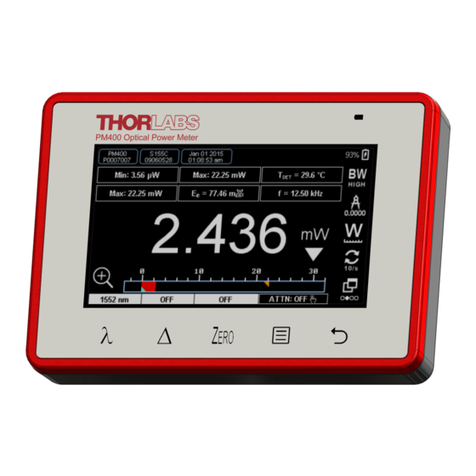
THORLABS
THORLABS PM400 User manual
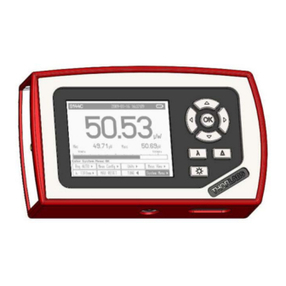
THORLABS
THORLABS PM100D User manual
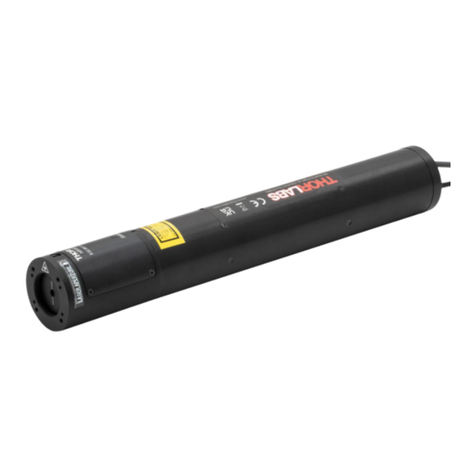
THORLABS
THORLABS HRS015B User manual
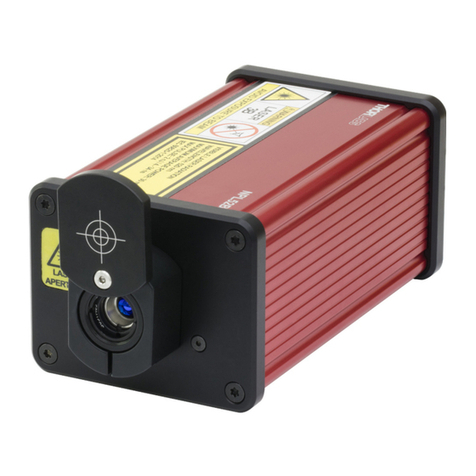
THORLABS
THORLABS NPL Series User manual
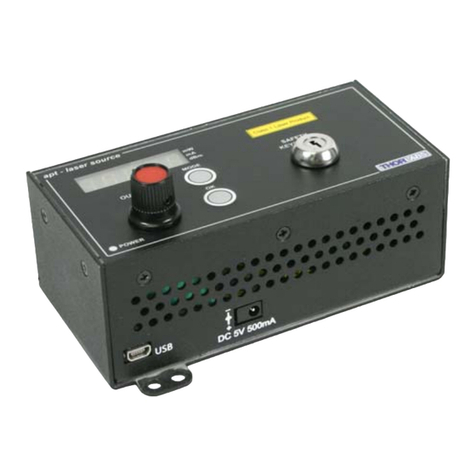
THORLABS
THORLABS TLS001-635 User manual

THORLABS
THORLABS PM5020 User manual
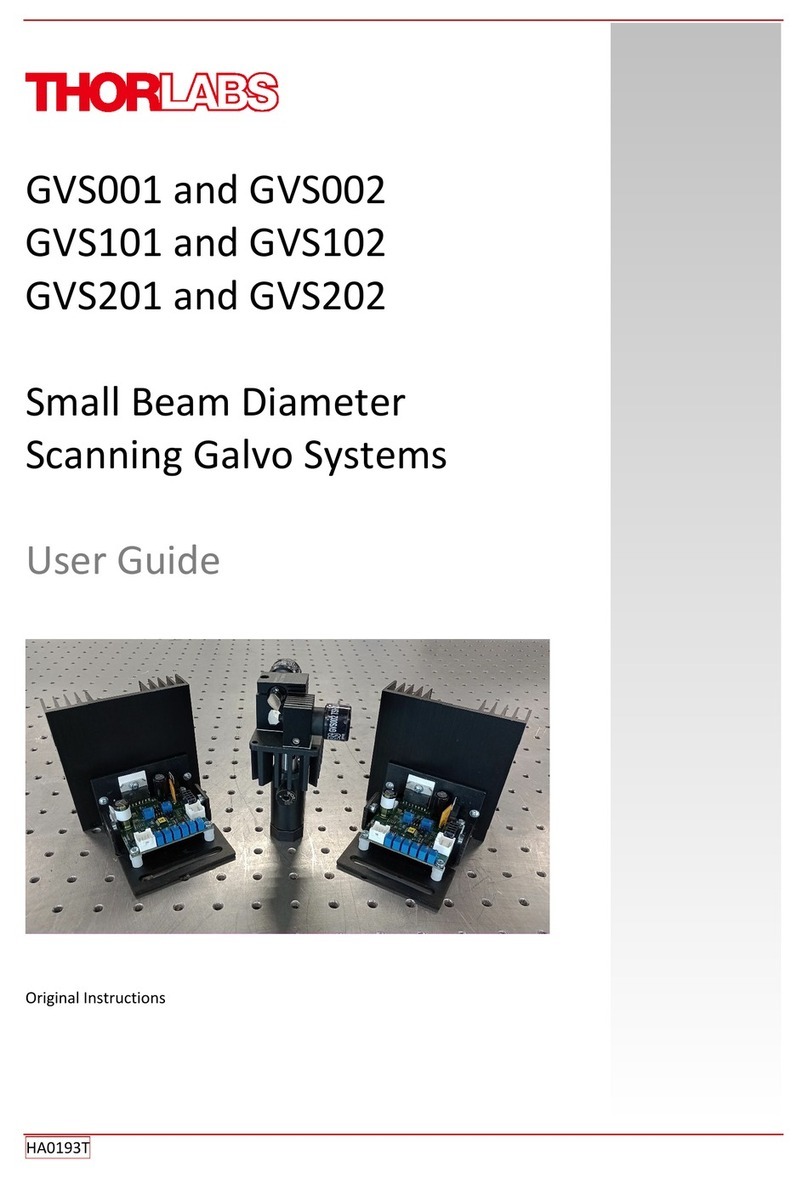
THORLABS
THORLABS GVS001 User manual
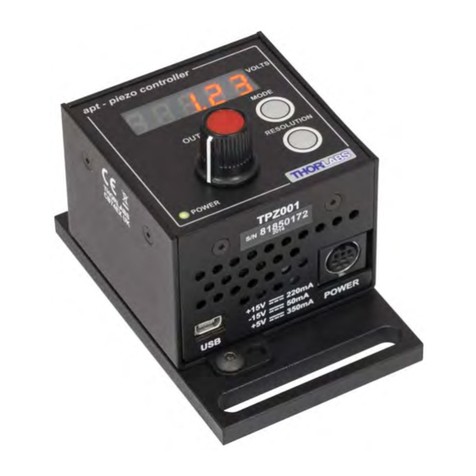
THORLABS
THORLABS TPZ001 User manual
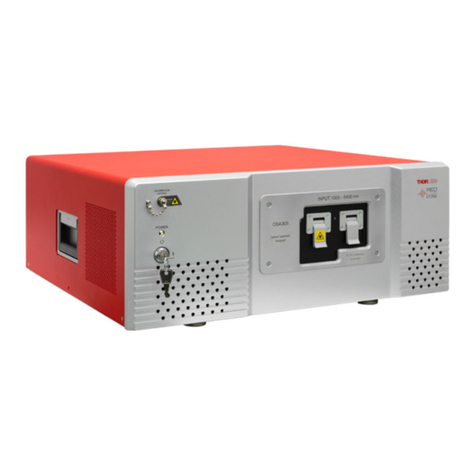
THORLABS
THORLABS Redstone OSA305 User manual

THORLABS
THORLABS S2011 User manual
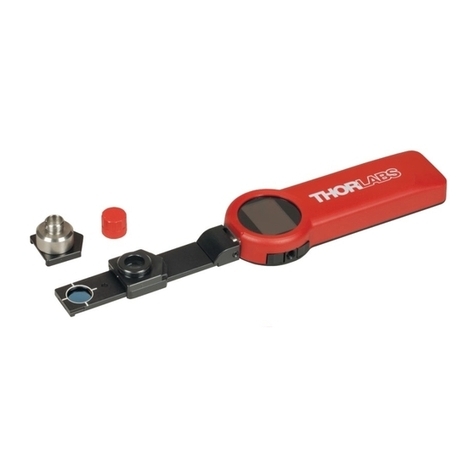
THORLABS
THORLABS PM160T User manual
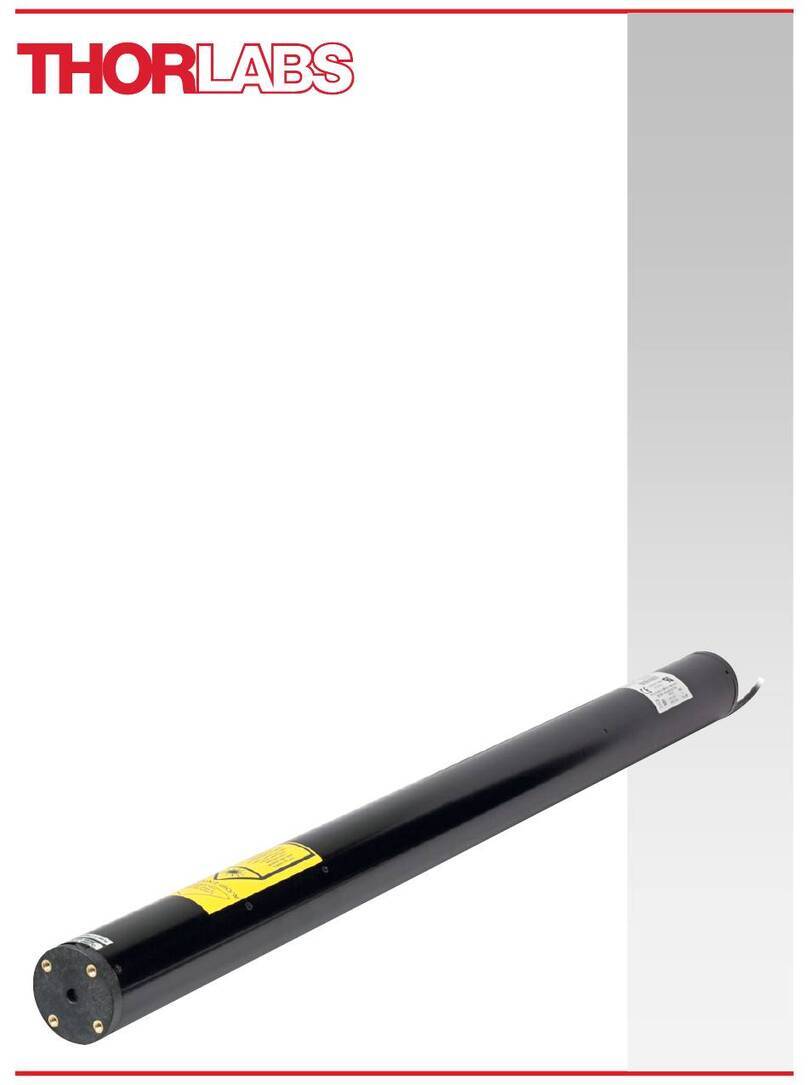
THORLABS
THORLABS HNL100R User manual
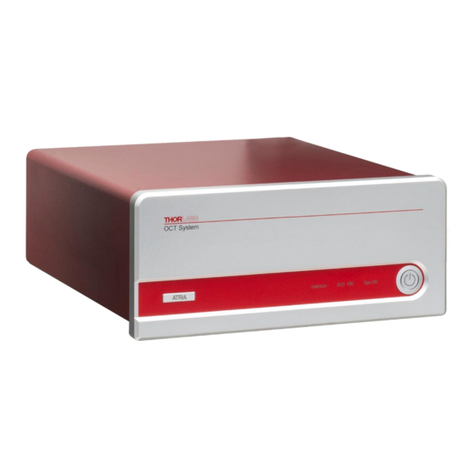
THORLABS
THORLABS VEGA Series User manual
Popular Measuring Instrument manuals by other brands

Powerfix Profi
Powerfix Profi 278296 Operation and safety notes

Test Equipment Depot
Test Equipment Depot GVT-427B user manual

Fieldpiece
Fieldpiece ACH Operator's manual

FLYSURFER
FLYSURFER VIRON3 user manual

GMW
GMW TG uni 1 operating manual

Downeaster
Downeaster Wind & Weather Medallion Series instruction manual

Hanna Instruments
Hanna Instruments HI96725C instruction manual

Nokeval
Nokeval KMR260 quick guide

HOKUYO AUTOMATIC
HOKUYO AUTOMATIC UBG-05LN instruction manual

Fluke
Fluke 96000 Series Operator's manual

Test Products International
Test Products International SP565 user manual

General Sleep
General Sleep Zmachine Insight+ DT-200 Service manual
